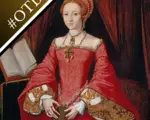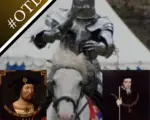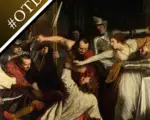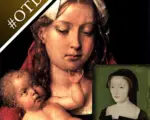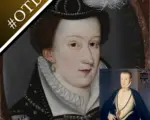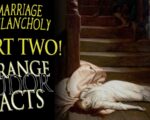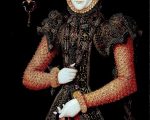
A recent BBC Four documentary examined the tragic life of England’s Forgotten Queen, Lady Jane Grey, who was proclaimed queen in July 1553 and beheaded seven months later for unlawfully usurping the throne from Mary I. The circumstances in which Jane succeeded her cousin Edward VI derived in part from Henry VIII’s Acts of Succession (1536 and 1544) and his last will and testament, which was finalised a month before his death. After stipulating that his crown should pass to Edward, Henry intended that his daughters Mary and Elizabeth would successively reign in the event of Edward dying childless. Henry also instructed that the descendants of his younger sister Mary should inherit the throne if all three of his children died without heirs: thus Mary’s daughters Frances and Eleanor and their offspring. Lady Jane Grey was, of course, the eldest daughter of Frances. Her two sisters Katherine and Mary would represent a rival succession in Elizabeth I’s reign, and the Tudor queen imprisoned both women on account of what she perceived as their dynastic pretensions. As a result of his Acts and his will, Henry made it possible for the monarch to appoint their successor based on personal preferences. Edward took this one step further in 1553 by disregarding the claims of his half-sisters Mary and Elizabeth, and instead nominating the Grey line.
[Read More...]
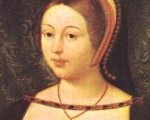
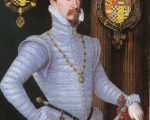
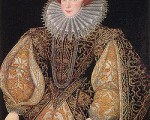
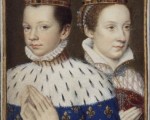
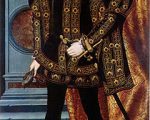
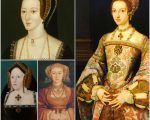
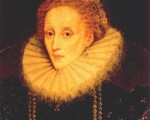
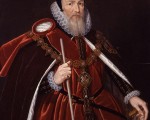
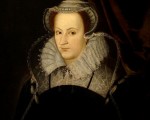
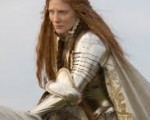
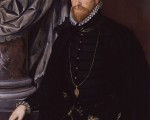
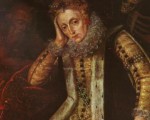
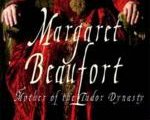
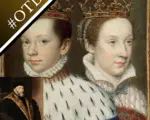
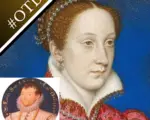
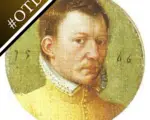
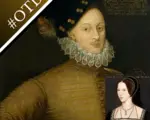

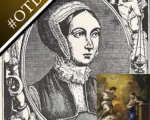

 Many followers of the Tudor Society will have read articles by J Stephan Edwards as he regularly contributed to the Tudor Life Magazine. We are happy to announce that Stephan will be talking at two prestigious lectures at the Society of Antiquaries of London on Thursday, 4th April. Both are free and open to the public, but you must register if you want to attend:
Many followers of the Tudor Society will have read articles by J Stephan Edwards as he regularly contributed to the Tudor Life Magazine. We are happy to announce that Stephan will be talking at two prestigious lectures at the Society of Antiquaries of London on Thursday, 4th April. Both are free and open to the public, but you must register if you want to attend: